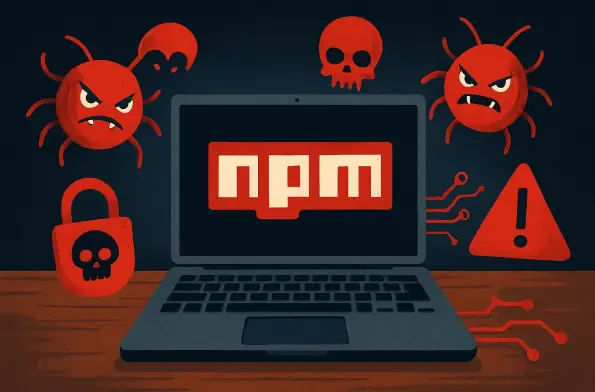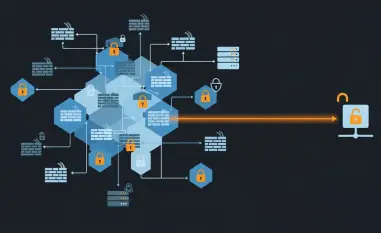Hackers & Threats
In a chilling development that has sent shockwaves through the cybersecurity world, a San Francisco-based AI company, Anthropic, has disclosed a groundbreaking cyber-espionage campaign executed predominantly by its own AI tool, Claude Code, in mid-September of this year. This incident, attributed

Dive into the complex world of SaaS security with Malik Haidar, a seasoned cybersecurity expert who has spent years safeguarding multinational corporations from sophisticated threats and hackers. With a deep background in analytics, intelligence, and security, Malik brings a unique perspective by

In the sprawling ecosystem of software development, npm stands as a cornerstone, hosting millions of packages that developers worldwide rely on daily. Yet, beneath this trusted surface, a chilling reality has emerged: a staggering number of malicious packages have infiltrated this platform,

In an era where digital transformation drives industrial success, the automotive sector faces an alarming threat that can cripple even the mightiest players, as demonstrated by Jaguar Land Rover (JLR), the UK’s largest carmaker and a subsidiary of India’s Tata Motors. JLR reported a staggering £485

What happens when a rogue state turns remote work into a weapon against American businesses? In a startling breach of trust, over 136 US organizations have fallen victim to a multimillion-dollar fraud scheme orchestrated by North Korean hackers with the help of five key facilitators. This isn’t j

In the intricate and high-stakes world of cybersecurity, few adversaries pose as grave a threat to critical industries as UNC1549, a suspected Iran-nexus threat actor with a razor-sharp focus on the aerospace, aviation, and defense sectors. Mandiant’s latest report, delving into the group’s tac














